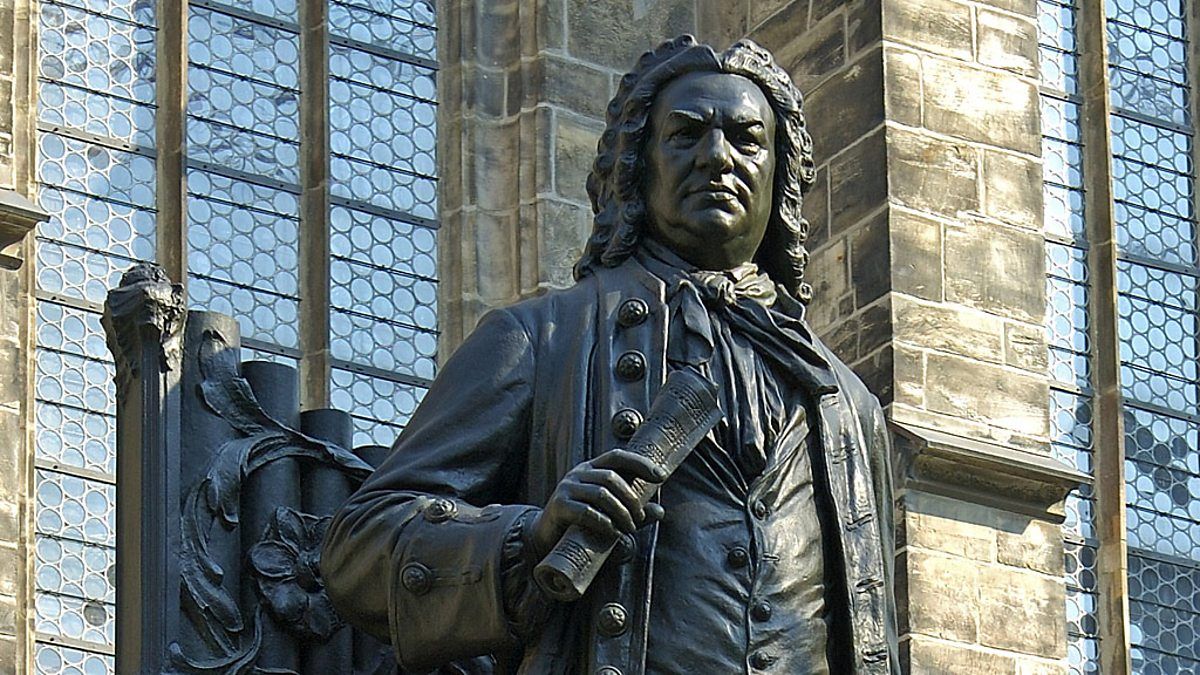Einojuhani Rautavaara’s First Piano Concerto: Twentieth Century Finnish Neo-Romanticism
At moments, you can hear the ghost of Jean Sibelius emerge in Einojuhani Rautavaara’s Piano Concerto No. 1, completed in 1969. Rautavaara (1928-2016) was among the most significant Finnish composers to follow Sibelius. His style evolved gradually, moving from 12-tone serial modernism into Neo-Romanticism. His later works, such as the 1994 Seventh Symphony (Angel of Light), embrace a tantalizing mysticism. In his 2016 remembrance, the composer Kalevi Aho (a student of Rautavaara) writes, Einojuhani …





